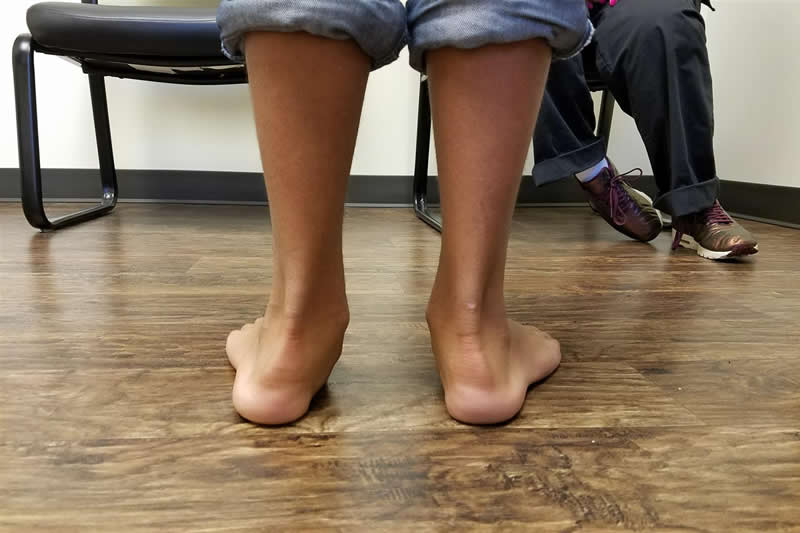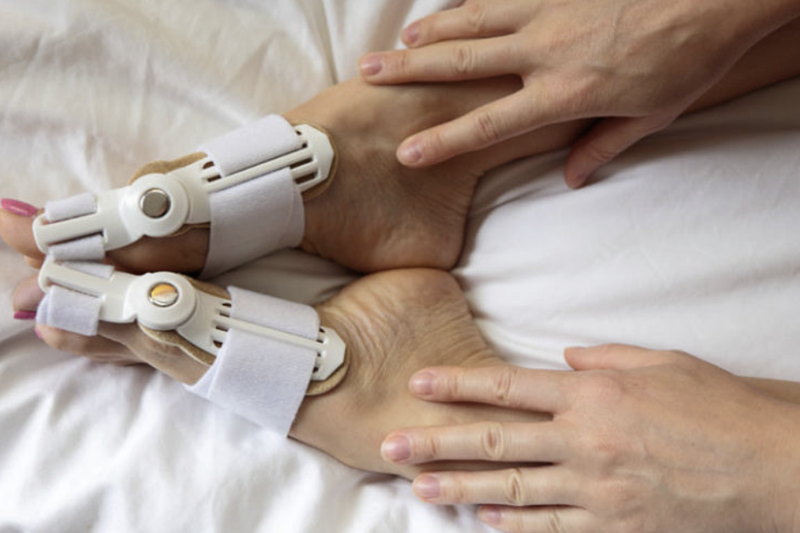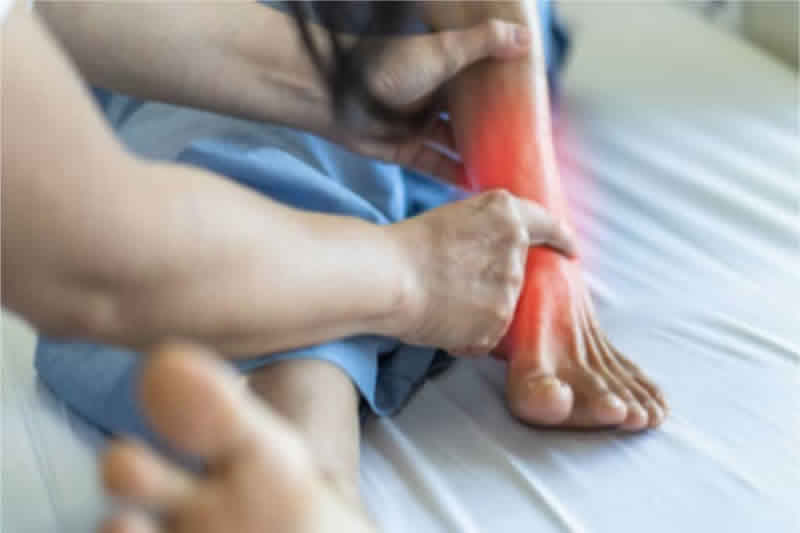People with flat feet, also known as fallen arches, have either no arch in their feet or one that is very low.
There is usually a gap beneath the inner part of the foot when a person stands, as the arch raises off the ground slightly.
Flat feet only need treatment if they cause discomfort, indicate an underlying disorder, or lead to pain elsewhere in the body. Some people appear to have a very low arch or no arch without ever experiencing problems.
When flat feet do cause symptoms, simple devices and exercises can help to minimise the discomfort.
Read on to learn more about the causes, symptoms, and treatment of flat feet.
What are flat feet?

People with flat feet have a very low arch or no arch, meaning that one or both of their feet may be flat on the ground.
A human foot has 33 joints, which hold 26 different bones together. It also has over 100 muscles, tendons, and ligaments.
The arches provide a spring to the step and help to distribute body weight across the feet and legs. The structure of the arches determines how a person walks. The arches need to be both sturdy and flexible to adapt to stress and a variety of surfaces.
When people have flat feet, their feet may roll to the inner side when they are standing and walking. This is known as overpronation, and it may also cause the feet to point outward.
Many people with flat feet have no symptoms, but others will experience a variety of symptoms that generally depend on the severity of the condition.
Symptoms
The most common symptom of flat feet is pain in the feet. This can occur as a result of strained muscles and connecting ligaments.
Abnormal stresses on the knee and hip may result in pain in these joints. These stresses are likely if the ankles turn inward.
Pain most commonly affects the following parts of the body:
inside ankle, alongside possible swelling
- arch of the foot
- calf
- knee
- hip
- lower back
- lower legs
One or both feet may also feel stiff.
Flat feet can also cause an uneven distribution of body weight. This may result in shoes wearing down unevenly or more quickly than usual, especially on one side, which can lead to further injuries.
Causes
Common causes of flat feet include:
- genetic factors, as flat feet can pass from parents to children in the genes
- weak arches, meaning that the arch is visible when a person sits but the foot flattens onto the ground when they stand
- foot or ankle injury
- arthritis or rheumatoid arthritis
- damage, dysfunction, or rupture of the posterior tibial tendon
- nervous system or muscle diseases, such as cerebral palsy, muscular dystrophy, or spina bifida
Another condition that might cause flat feet is tarsal coalition. This condition causes the bones of the foot to fuse together unusually, resulting in stiff and flat feet.
Pediatricians usually diagnose this condition during childhood.
People are more likely to develop flat feet if they have obesity or diabetes. Flat feet are also more common during pregnancy.
Flat feet can develop with age too. Daily use of the feet can cause the posterior tibial tendon to weaken. This tendon is the primary support structure for the foot arch.
The tendon can become inflamed, called tendonitis, or tear after overuse. Damage to the tendon may cause the foot arch to flatten.
Flat feet can also occur as a result of a developmental fault that occurs during childhood or that develops with age or after pregnancy.
Flat feet in children

Children and infants may often appear to have flat feet. In fact, the arch is usually present but still forming. In time, the arch should develop normally. The extra fat on an infant’s foot may hide the arch.
Having feet that appear flat during early childhood does not mean that a person will always have flat feet.
However, if a child has flat feet as a result of incorrect bone development or another condition, such as spina bifida, a doctor will often need to treat the underlying cause.




